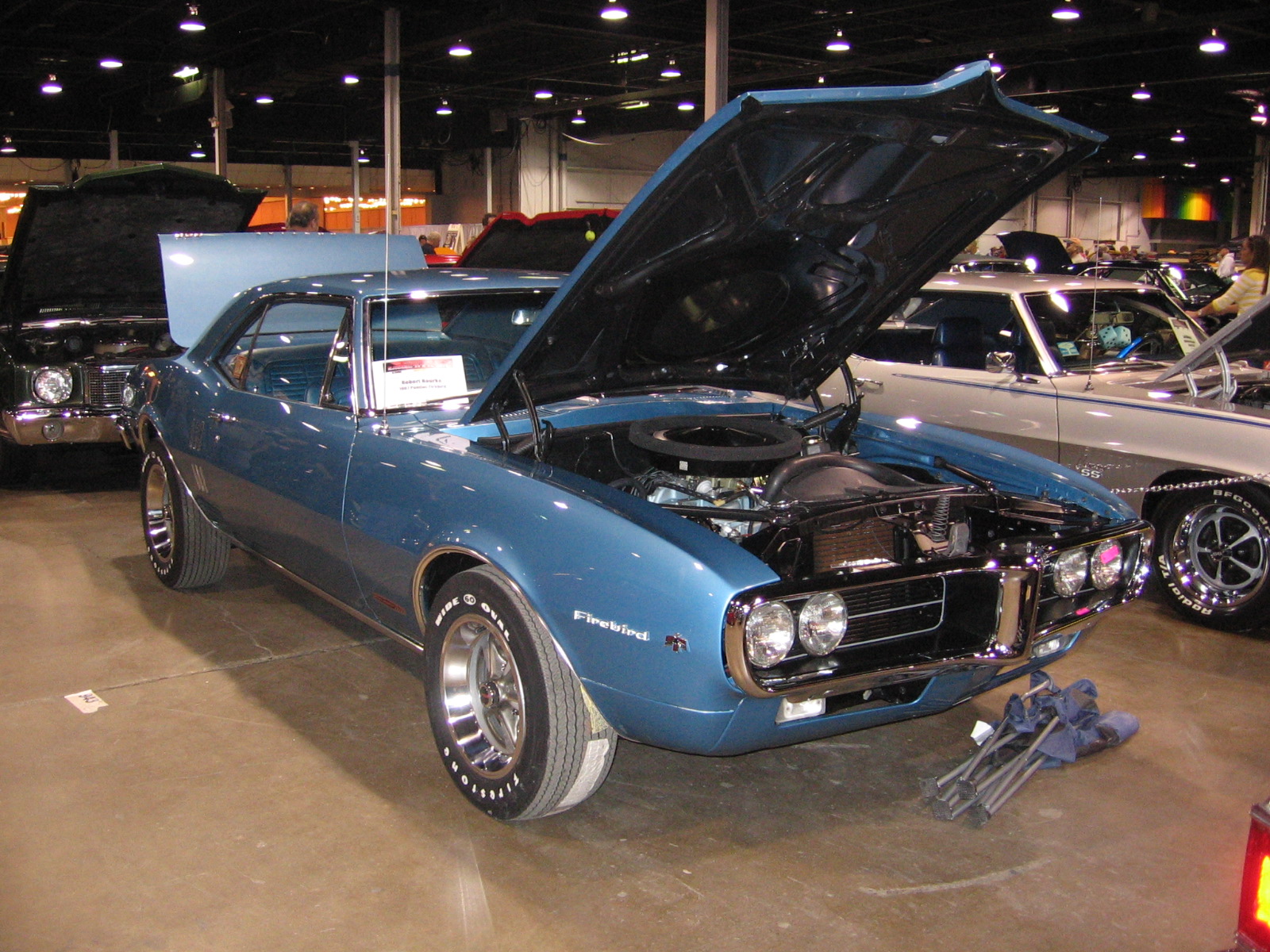General Motors (GM) has long stood as a titan of the global automotive industry. Known for producing vehicles under brands like Chevrolet, GMC, Cadillac, and Buick, GM’s reach extends far and wide. Despite its somewhat understated presence compared to flashier brands, GM was North America’s top-selling automaker in 2022.
This success stems in part from the reliability and performance of its engines across many decades. From classic muscle car motors to high-efficiency modern engines, GM’s engineering legacy reflects a balance between performance, innovation, and durability that has earned consumer trust and respect.
1. Chevrolet’s 396ci L78 TurboJet: A Muscle Era Powerhouse
The 396 cubic-inch L78 TurboJet, released in 1965, exemplified the muscle car era’s golden years. Originally placed in the Corvette Sting Ray and full-size models like the Impala and Bel Air, this engine delivered 425 horsepower and was crafted with aircraft-grade components for durability.
It was designed to be both powerful and long-lasting, featuring high-performance internals like forged steel blocks and aluminum intakes. Though used only briefly in the Corvette, the engine saw a few more years of service in larger cars before being replaced by even more powerful units like the 427 cubic-inch L72.
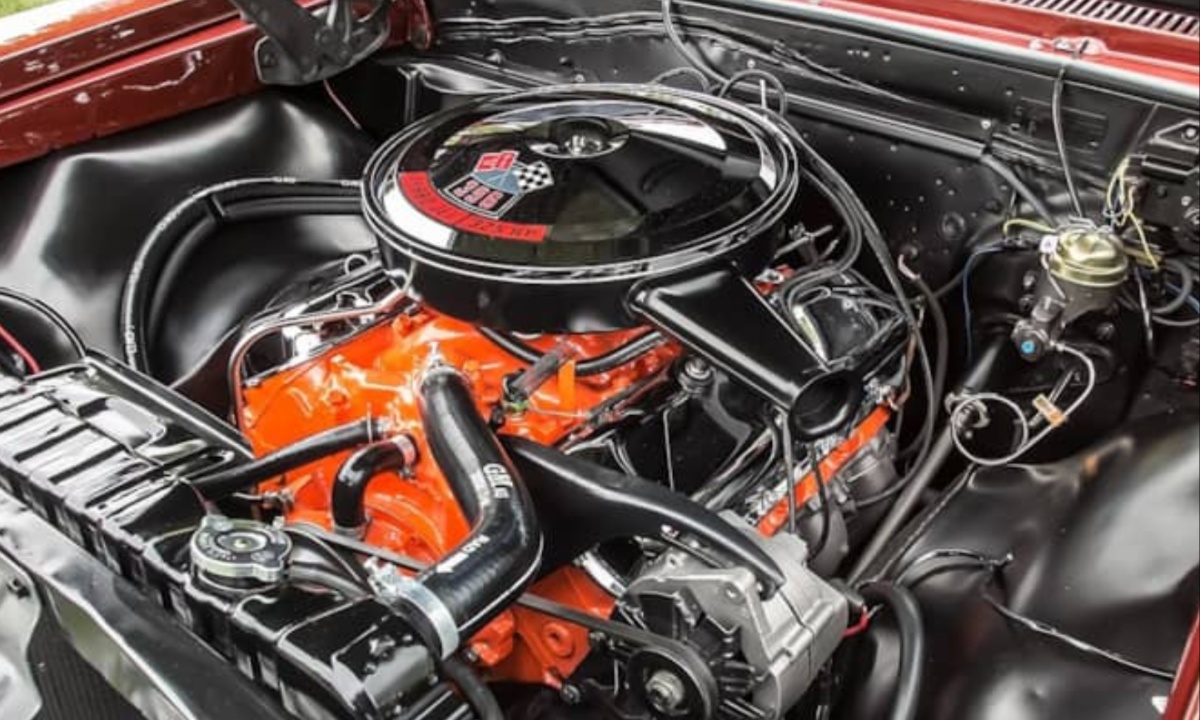
2. 5.3L Vortec 5300: The Everyman’s Workhorse
Chevrolet’s Vortec 5300 was a reliable V8 that powered trucks and SUVs like the Silverado, Tahoe, and GMC Yukon. Known for crossing the 300,000-mile mark with ease, this 5.3-liter engine had a strong reputation for durability.
Its construction featured a cast iron block and aluminum heads, drawing from GM’s racing experience. While most versions were dependable, the fourth generation faced some issues due to its Active Fuel Management system.
Despite minor problems like sludge buildup and spark plug fouling, it remains a beloved engine for daily use, particularly in high-mileage vehicles.
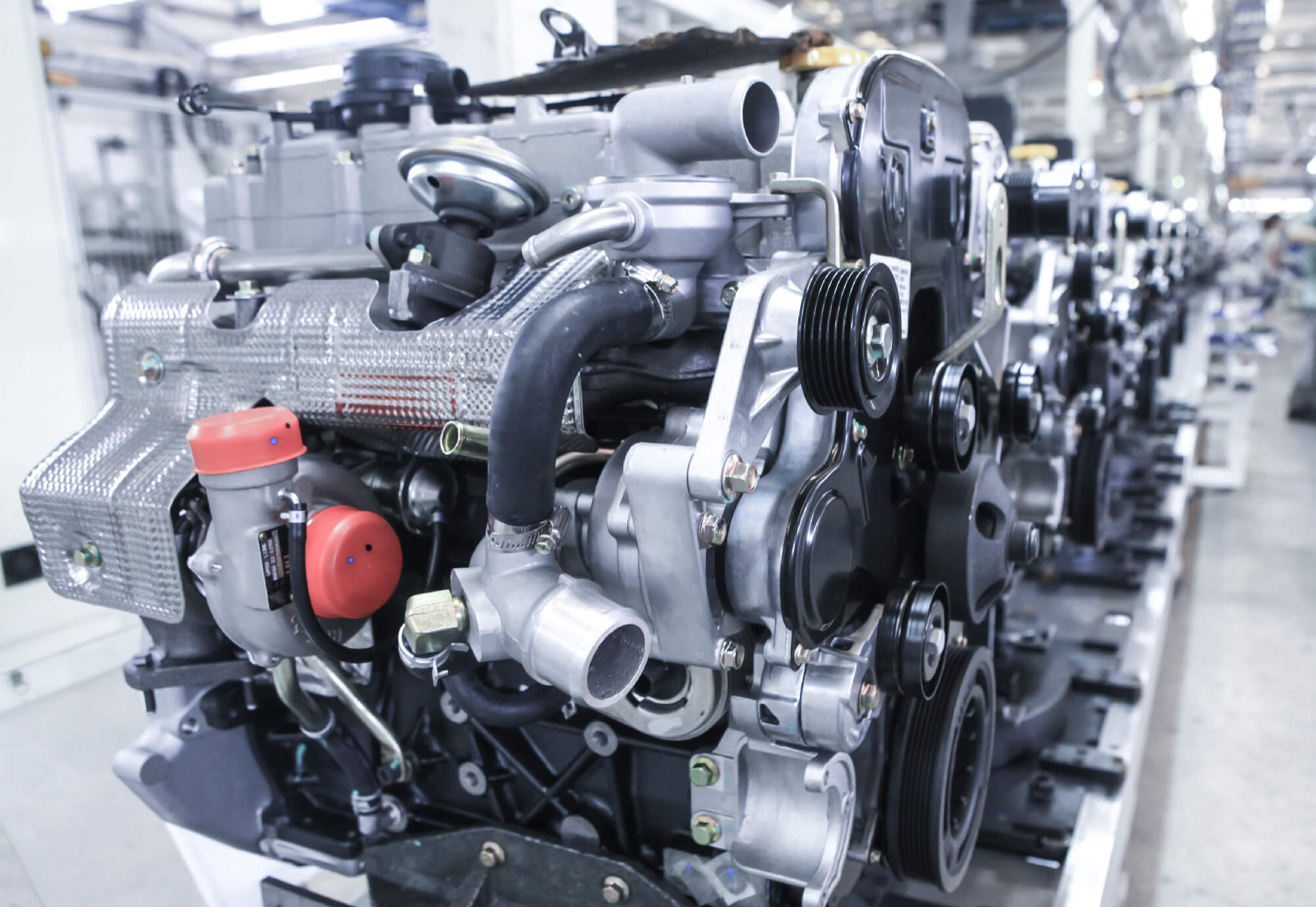
3. Pontiac 428: Muscle Might with Modding Potential
The Pontiac 428 was a standout engine of the late 1960s, offering powerful performance with factory ratings up to 390 horsepower—and even more with aftermarket tuning.
Sharing components with Pontiac’s 400 and 455 engines, it was known for its interchangeability and solid Armasteel construction. This V8 powered iconic models, like the Firebird and GTO, and even seen use in NASCAR.
Though its production ended in 1969, the 428 helped cement Pontiac’s performance legacy and continues to be a favorite among collectors and restorers for its strength and modding flexibility.
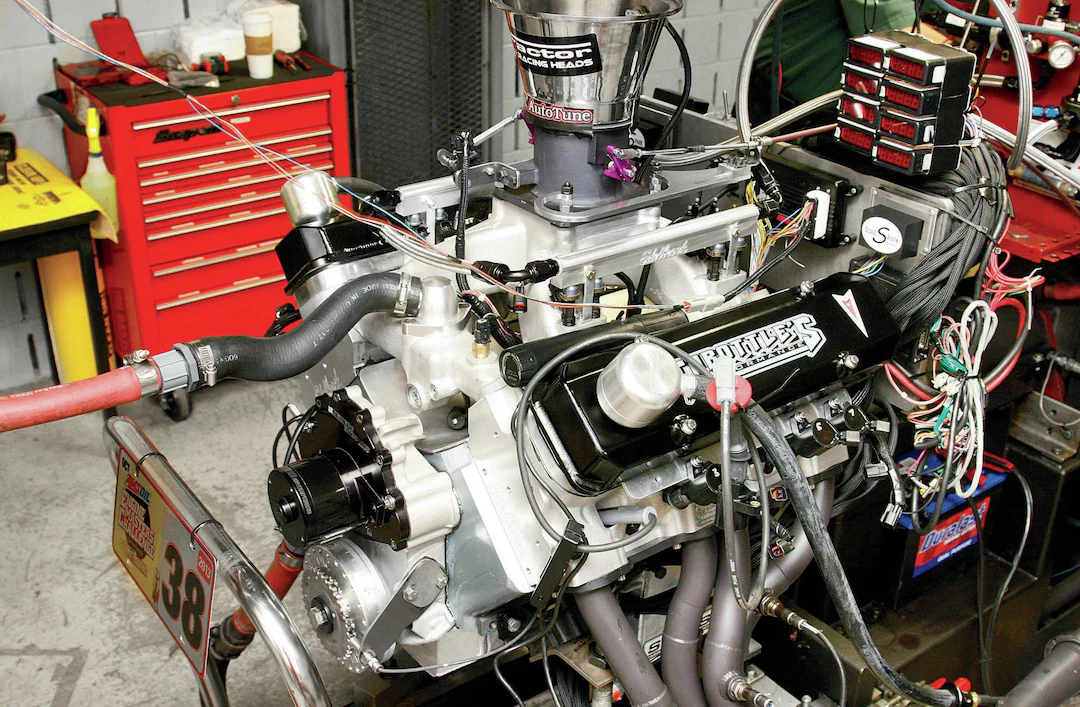
4. Chevrolet LS9: Corvette’s Precision Beast
Built for the Corvette ZR1, the LS9 is a hand-assembled, 6.2-liter supercharged V8 engine that produced 638 horsepower. Designed with racing-grade materials like forged titanium rods and an aluminum block, it exemplified high-performance reliability.
It was used exclusively in the ZR1 Corvette from 2009–2013 and was later offered as a crate engine. This precision-built engine combined modern efficiency with raw muscle, making it one of GM’s most revered small blocks.
The LS9, while not widely distributed, represents GM’s engineering excellence and commitment to delivering reliable performance in its flagship sports cars.
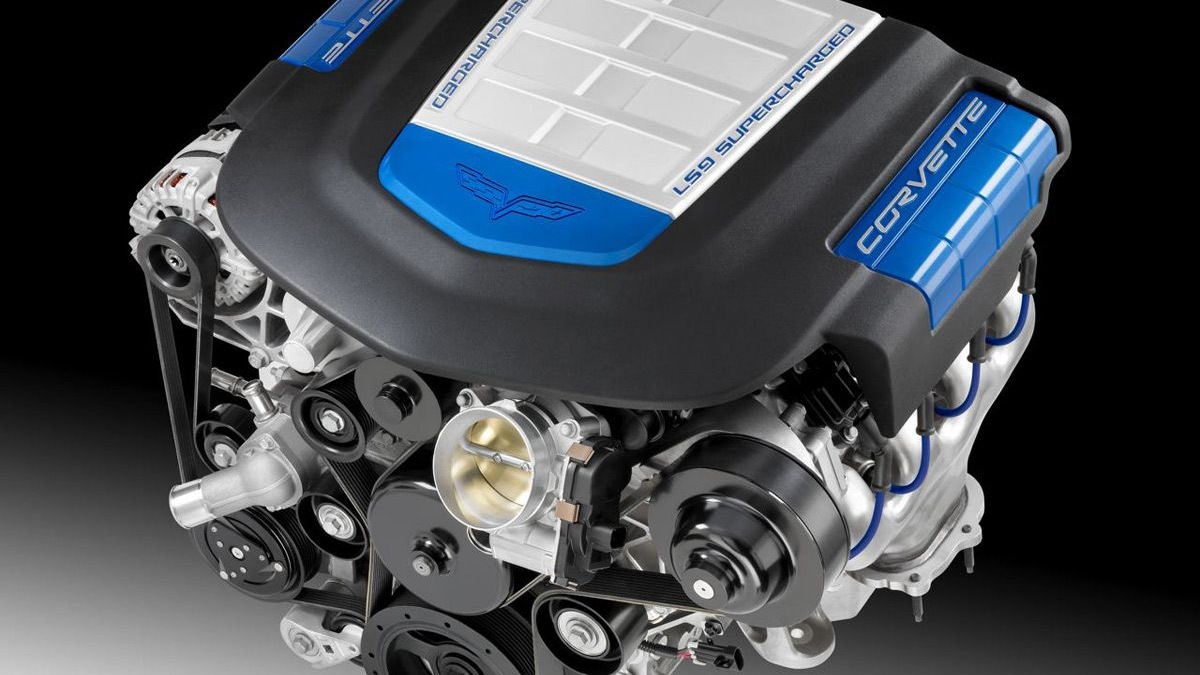
5. LT1 Gen II V8: Reviving a Legend
Chevy’s Gen II LT1 V8 launched in the 1992 Corvette and carried the legacy of the original LT-1 engine from the ’70s. Built with a cast iron block and similar architecture to earlier V8s, it brought subtle improvements in performance and reliability.
Later versions, such as the LT4, added refinements for even better durability. Used in models like the Camaro, Firebird, and Caprice, it was a foundational engine for GM in the early ’90s. Its reputation for toughness and long-term dependability helped transition GM into a new era of performance-focused engine design.
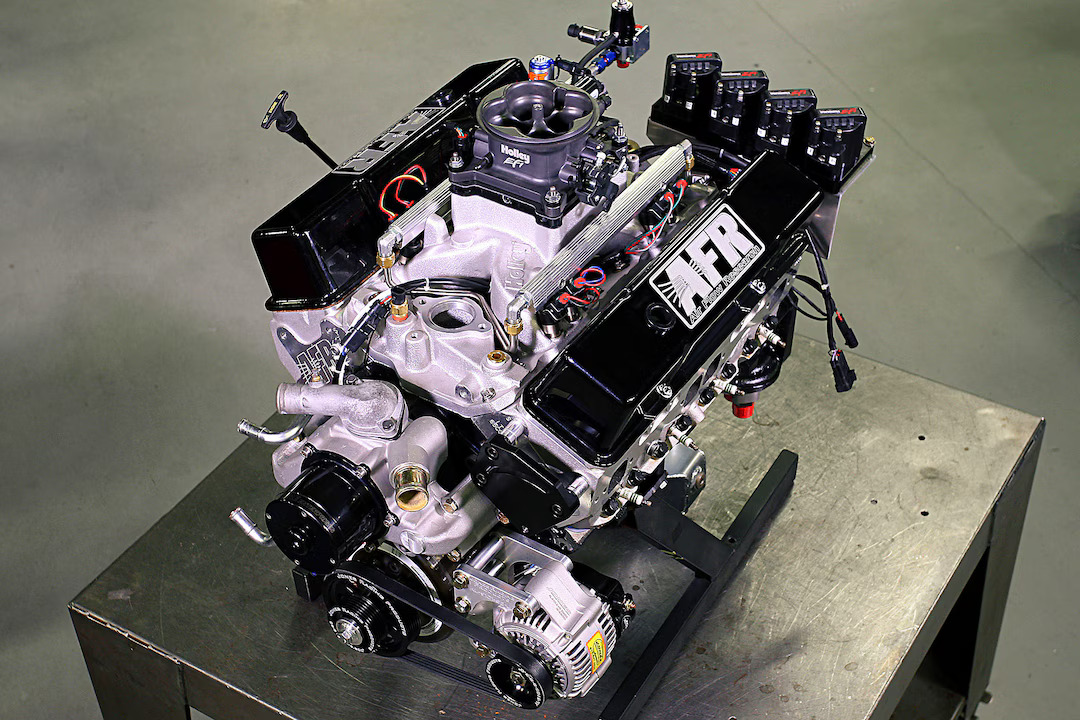
Also Read: 10 Cars Still Running After a Million Miles That Prove Maintenance Matters
6. LS Engine Series: GM’s 25-Year Powerhouse
Debuting in 1997, the LS engine family replaced the LT1 and became one of GM’s most widely used and modifiable V8s. It featured a lightweight yet strong “Y-block” aluminum design, and over time, powered everything from trucks to sports cars.
The LS’s modular design and strong aftermarket support made it a favorite for engine swaps and performance upgrades.
Used across multiple GM brands, including Cadillac and Pontiac, the LS family endured for 25 years, ending production in 2022. Its adaptability, performance, and long life helped it become a hallmark of GM’s engine catalog.
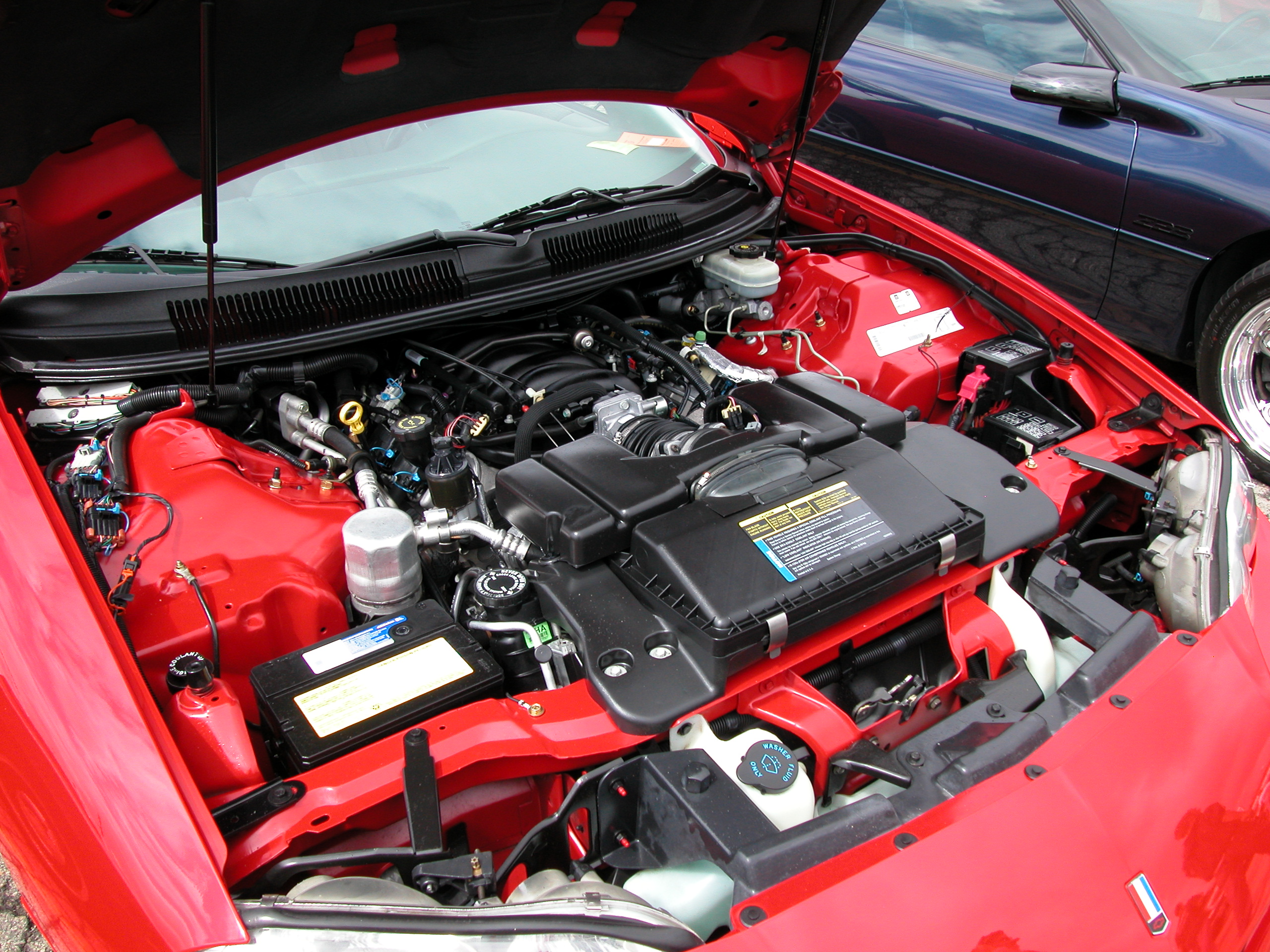
7. Buick 3800 V6: The Indestructible Legend
The Buick 3800 engine, in service from 1988 to 2008, earned a legendary reputation for durability. Spanning multiple generations and powering vehicles from Buick, Pontiac, and Chevrolet, it became a staple in full-size GM cars. With versions ranging from naturally aspirated to supercharged, it offered up to 300 horsepower.
Each generation brought refinements in fuel injection, architecture, and material quality. Despite being a V6 and not as glamorous as GM’s V8s, the 3800 was a quietly reliable performer that underpinned many of GM’s successful sedans over two decades.
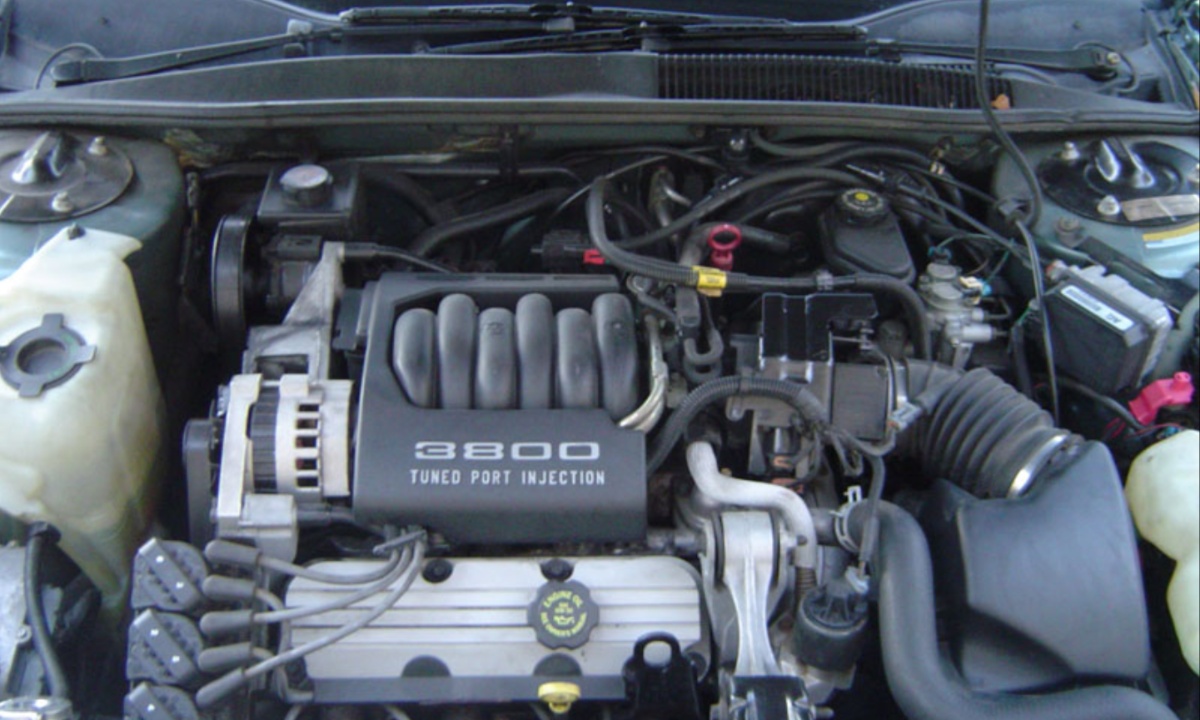
8. LS7.R: The Racer’s Heartbeat
The LS7.R was GM’s track-tuned 7.0-liter V8 that powered the Corvette C6.R racing car. Producing nearly 600 horsepower in race trim, it earned wins in iconic endurance events like Le Mans and Sebring. While its consumer version—the LS7—was detuned for use in the Corvette Z06 and Camaro Z/28, it still offered formidable performance.
Designed for durability under extreme conditions, the LS7.R was less about longevity on public roads and more about surviving grueling race demands. Yet, its endurance record helped burnish GM’s reputation for making race-ready engines with real-world reliability.
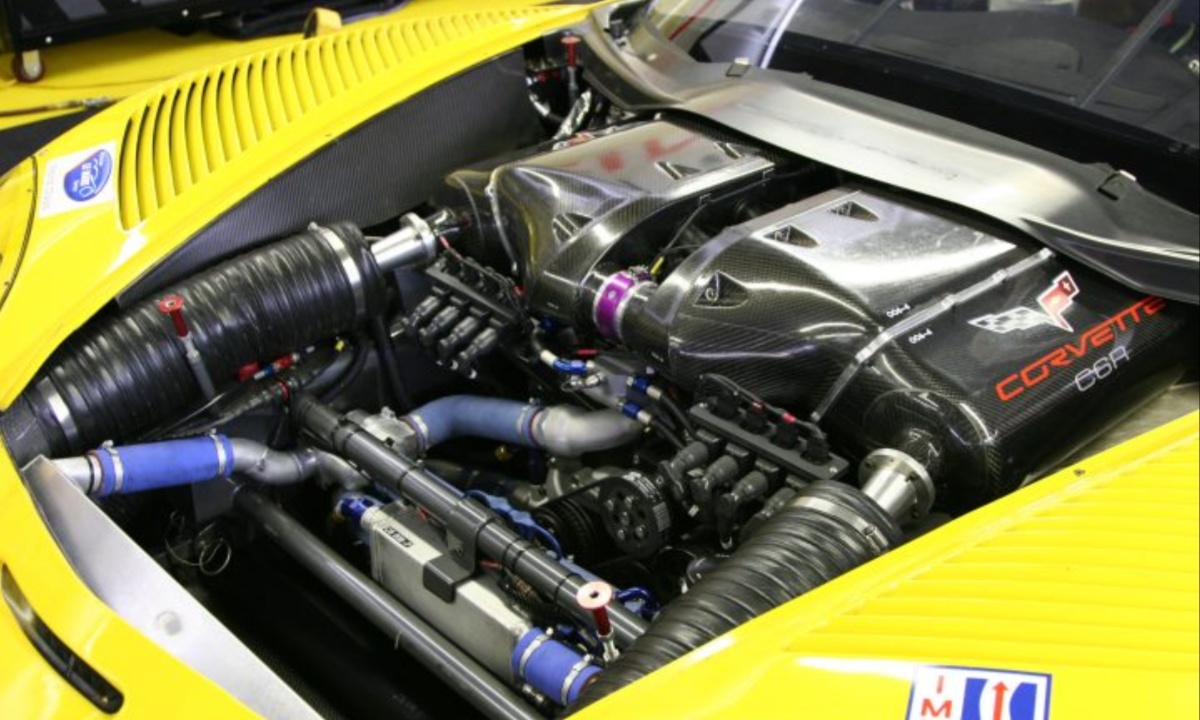
9. Buick Ecotec 2.0L Turbo: The Modern Marvel
Defying expectations for turbocharged engines, Buick’s Ecotec 2.0-liter Turbo gained praise for both efficiency and durability. Debuting in 2012, it powered various Buick models and was later adopted by Chevrolet and Cadillac.
Its aluminum block, stainless-steel exhaust manifold, and composite intake helped reduce weight and improve thermal efficiency. The engine is still in use today, powering vehicles like the Buick Envision.
While smaller and more modern than GM’s famed V8s, this engine proves that GM can build dependable powertrains even under the engineering complexity of turbocharged four-cylinder platforms.
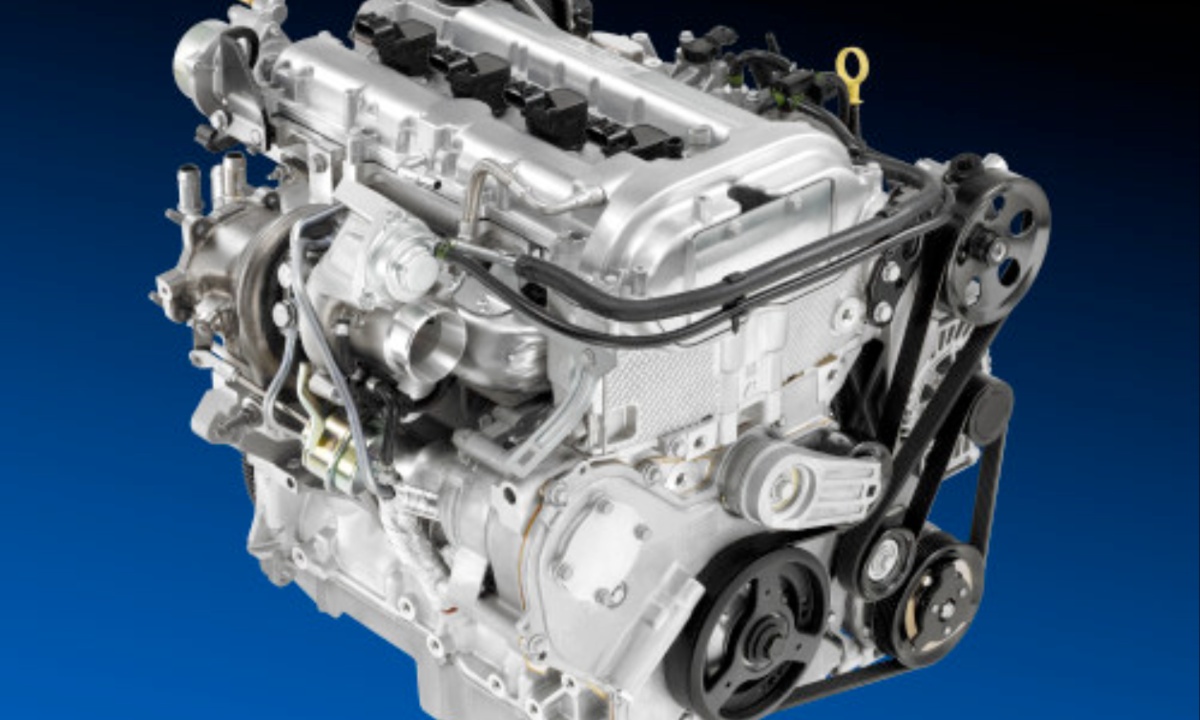
10. The Iconic Small-Block V8: A Timeless Symbol
Perhaps GM’s most iconic engine family, the Chevy small-block V8 has powered everything from muscle cars to pickup trucks since the 1950s. Available in numerous displacements and configurations, it laid the groundwork for American automotive culture. Its influence spans music, pop culture, and racing.
Over the years, materials evolved from cast iron to aluminum, improving performance and efficiency. Whether found in classic Camaros or modern Corvettes, the small-block V8 is a testament to GM’s knack for building enduring, versatile engines that remain beloved by car enthusiasts worldwide.
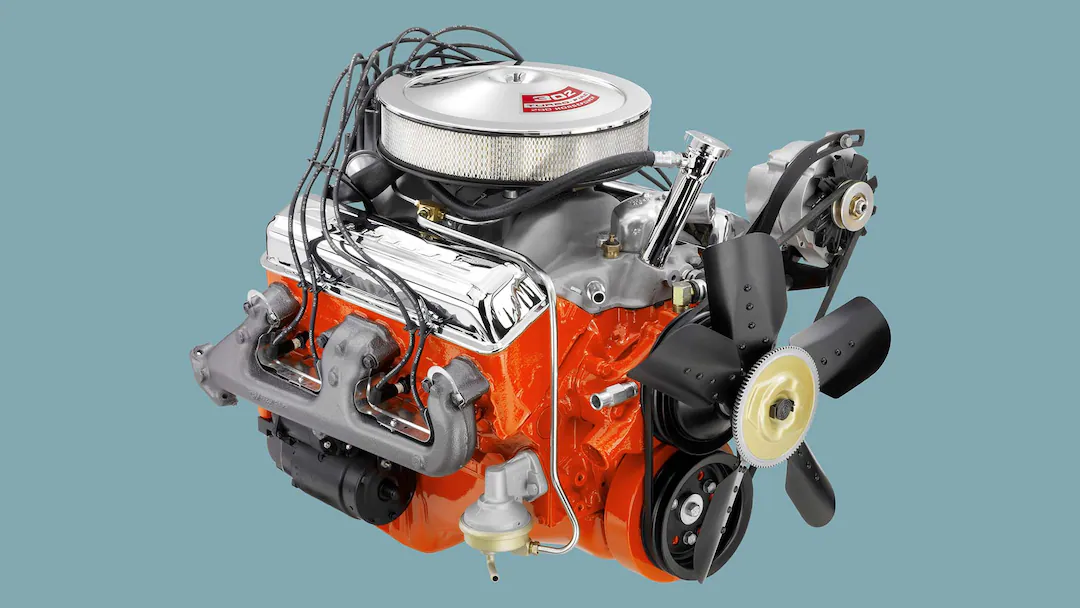
From muscle car titans like the 396ci TurboJet to understated workhorses like the Vortec 5300 and Buick 3800, GM has proven its ability to engineer durable, high-performing engines across eras. Its innovation spans racing, everyday commuting, and even eco-conscious turbocharged platforms.
While some engines had flaws, GM’s overall track record reveals a deep understanding of powertrain durability. With many of these engines still running decades after launch, GM’s legacy in engine design is secure. These engines don’t just power cars—they power loyalty, heritage, and the enduring appeal of the American automobile.
Also Read: 10 Cars With Cooling Systems That Never Overheat, Even in Extreme Summer Heat

